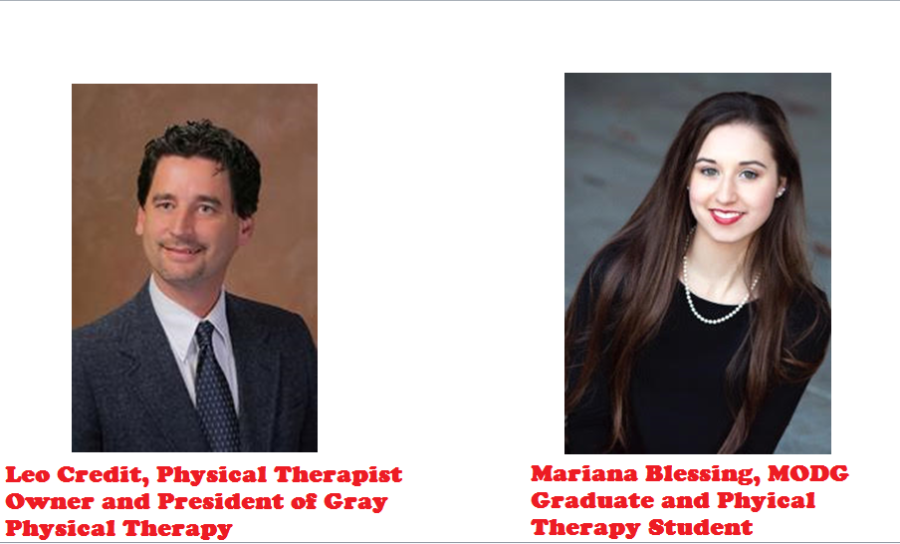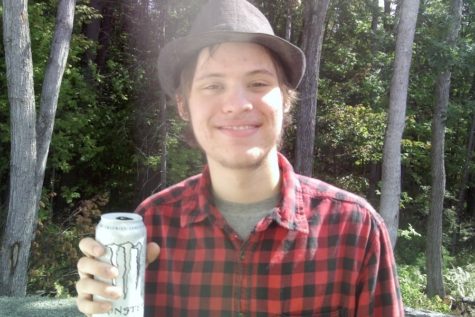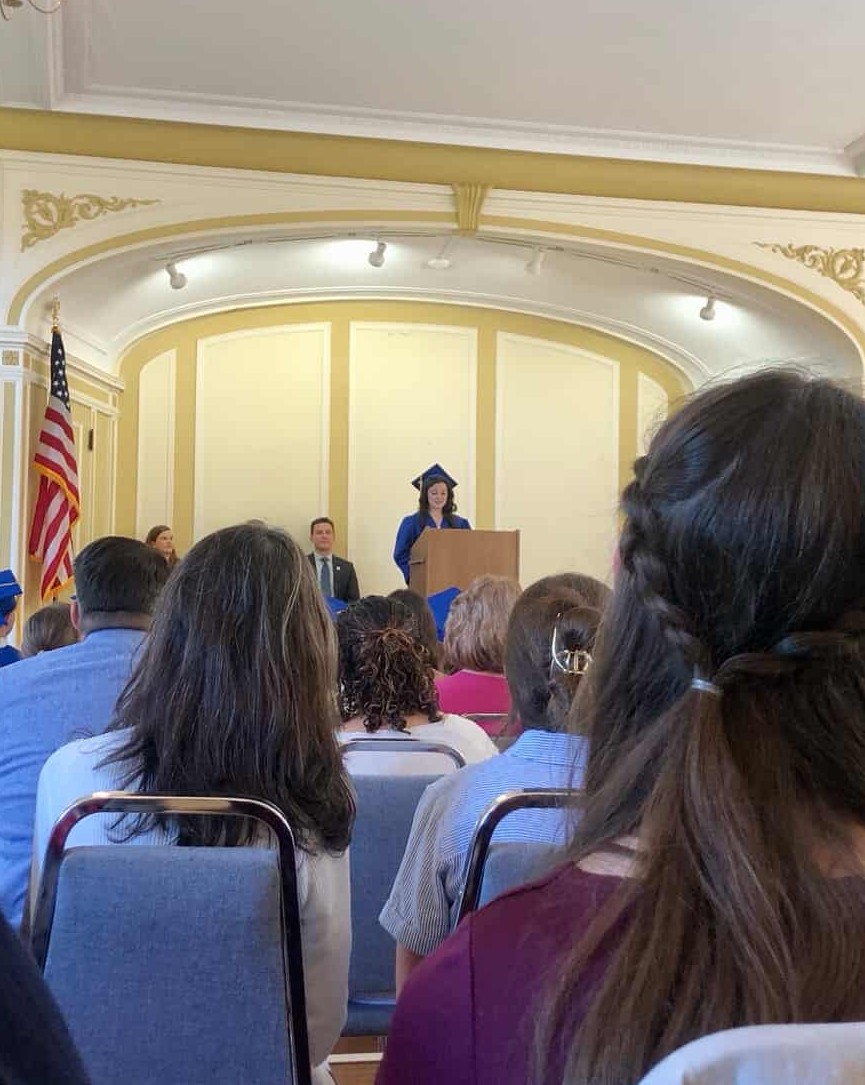Physical Therapy: Interviews with a MODG Graduate and a Seasoned Physical Therapist
October 25, 2017
Physical Therapy is a branch of medicine that uses certain exercises to treat physical conditions and to lead to better health.
Mariana Blessing is a MODG graduate who is majoring in physical therapy while also studying ballet. Despite being very busy with her studies, she took the time to answer some questions about physical therapy for the VOX site:
1 What is physical therapy?
A physical therapist holds a doctoral degree and specializes in movement science (or kinesiology) and is responsible for assisting patients in seeking greater mobility and strength for the healthiest possible anatomical alignment.
2 How did you get involved in PT? How far along are you in your studies?
As a ballet dancer, I have always had an increased awareness of my muscular and skeletal system and how different synergists work together to bring about efficient movement patterns and have been interested in the causes and solutions for pain in regard to these systems. I am currently a freshman pursuing my BFA in ballet, BA in Child Development at Texas Christian University in addition to completing the prerequisites for graduate work in physical therapy.
3 What appeals to you about being a physical therapist?
I hope to work with ballet dancers in need of rehabilitation. There is a lack of specialists who understand the specific physical demands of classical ballet and other dance forms. I also have a passion for working with young children, particularly those who struggle with special needs, such as cerebral palsy, down syndrome, autism, etc. I hope to incorporate dance therapy into my practice, both in regard to freedom of expression and structured classes to assist with targeting strengthening and stretching exercises.
4 What downsides do you see to being a physical therapist?
The major downside that I foresee in my future is the path to graduate school. Most doctoral programs for physical therapy require that all prerequisite courses, such as biology, chemistry, physics, and anatomy and physiology, be taken within five years of entrance to the program. This would make my pursuit of a career in classical ballet difficult as I would have to retake these courses. In regard to downsides of the career itself, I foresee no glaring issues other than rigorous training and in-depth understanding of the functional human body.
5 What sort of treatment philosophy do you intend on taking to your
practice?
As I hope to work with two very different populations, my approaches will be different depending on the client. In regard to dancers, my motivation will be to increase the longevity of their career and overall wellbeing. When working with disabled children, incorporating elements of dance therapy, I would be devoted to positively impacting the physical, mental, and emotional health of these patients in regard to their various challenges.
6 Would you encourage others to get involved in PT? What advice would you give them?
I would absolutely encourage others to pursue a career in physical therapy. I would advise those who are considering PT to gauge their performance/interest in Anatomy and Physiology courses.
Leo Credit is a practicing physical therapist who has many years experience in the field. He currently practices at and is the owner and president of Gray Physical Therapy Center in Gray, Maine. In this video interview, he shares his thoughts on being a physical therapist.






